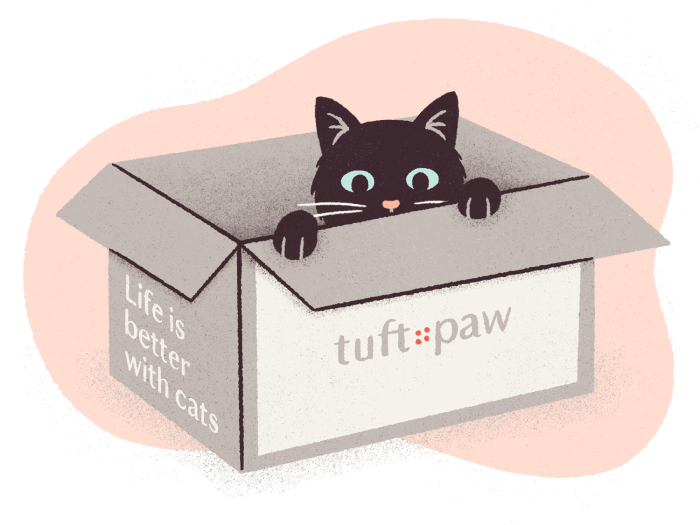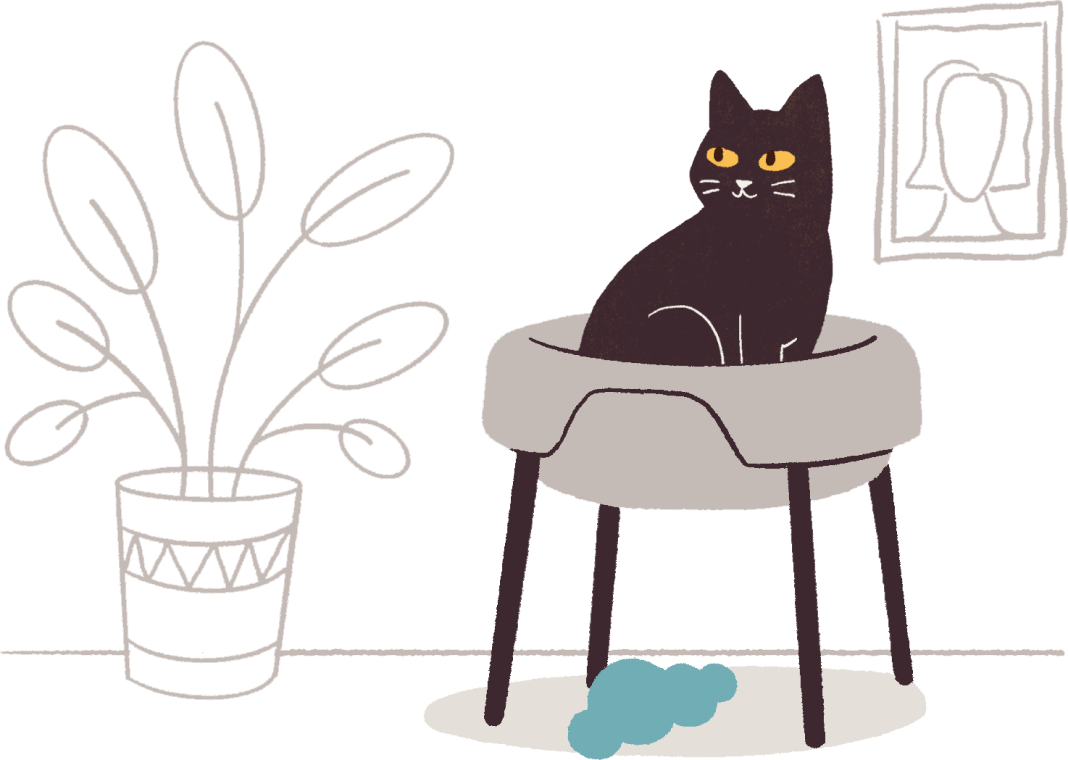If you’re new to cat ownership, you will soon discover that your feline companions are generally quite particular when it comes to the menu you offer them. Unlike restaurant critics, they tend to speak their minds immediately. But it’s up to you to be a selective chef when shopping for ingredients to make the best choices for your cat’s health.
Ingredients Your Cat Needs:
Protein
Because meat proteins are vital for your cat’s health, they should be listed as the first ingredients. Cheaper brands will include substitutes and chemicals. Pet food ingredients are listed in order of weight, so meats full of moisture will tend to be at the top of the list. This can be deceiving when reading a dry food label.
Fat
Most cats need a diet high in meat protein to get enough fat. Fat is a concentrated energy source which helps to regulate metabolism, delivers essential fatty acids, helps your cat to absorb nutrients. Some important fatty acids to include in a healthy cat diet are omega-3 and omega-6, which contribute to good immune systems, eyesight, and reproductive health.
Taurine
This essential amino acid is generally included in all cat food. Because taurine can’t be synthesized in the body, cats without access to it can suffer tooth decay and blindness. Pet food manufacturers discovered this when cats began to suffer on processed foods that didn’t include enough taurine. But don’t worry, it’s naturally occurring in animal proteins.
Arachidonic Acid
Dogs are capable of manufacturing this essential fatty acid, but cats need to get it from their diets. It’s main job it to keep your cat’s gastrointestinal system working.
Vitamin A
Because cats are missing the enzyme that turns beta-carotene to the active form of vitamin A, they need to eat “preformed vitamin A”. This specific type is only found in animal products. On the cat food label, you will see it as “retinyl palmitate”.
Decoding Some Key Terms on Cat Food Labels

Guaranteed Analysis
A guaranteed analysis shows a measurement of nutrients by percentage, but it doesn’t guarantee the quality of the ingredients. As is the case when reading any label’s claims, it’s best to do your own research. Pet food brands aren’t required to list quality control information, so don’t hesitate to contact the company directly.
Nutritional Adequacy Statement
Look for the phrase “This food is complete and balanced for adult cats”, known as a nutritional adequacy statement, to select an age-appropriate food.
By-Products
This is a tricky one. Although the word can carry a bad reputation, a by-product often comes in the form of a nutrition-rich animal organ, and is not necessarily less healthy than other meat. Some by-products are very low in nutrition, however, and their quality is generally relative to the quality of the brand.
Ingredient Order
If a cat food tin claims to have just one ingredient, -beef, for example- it will contain 95% beef. If, on the other hand, beef is accompanied by the word “dinner”, “entrée”, or “platter”, its contents must be at least 25% beef. The claim “With Beef” needs only contain 3% of it, and for “Beef Flavor”, only enough to be tasted.
Is it “Gourmet”?
Don’t place so much importance on terms like “natural” or “premium”. These words are often advertising tools and are difficult to measure scientifically. Guidelines aren’t yet properly defined for which pet foods quality as “organic”.
Wet Food vs. Dry Food
Setting out a bowl of dry food for your cat to graze at all hours is convenient and affordable, but it may result in some costly vet bills down the line. A diet of only dry food can increase the risk of diabetes, weight gain, urinary tract issues, and others.
A regular schedule of wet meals is a good way to help your cat maintain a healthy weight, and its high moisture content serves cats who don’t drink enough water. It also allows you to watch for eating habits and reactions to certain items first-hand.
Special Orders
A good vet is key in order to identify any special dietary needs you cat may have. These particular restrictions may take years of trial and error to figure out. Many of these feline issues are similar to the diabetes, blood sugar, and urinary tract issues that humans face as well.
Pay close attention to changes in your cat’s behavior and health. Listening to this feedback is a great way to inform your choices as you seek the healthiest diet for your cat.


